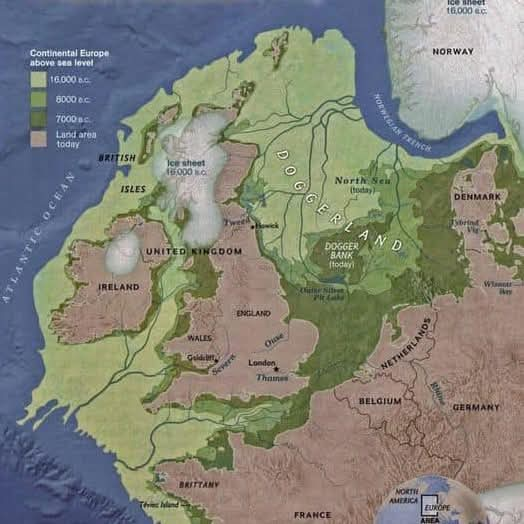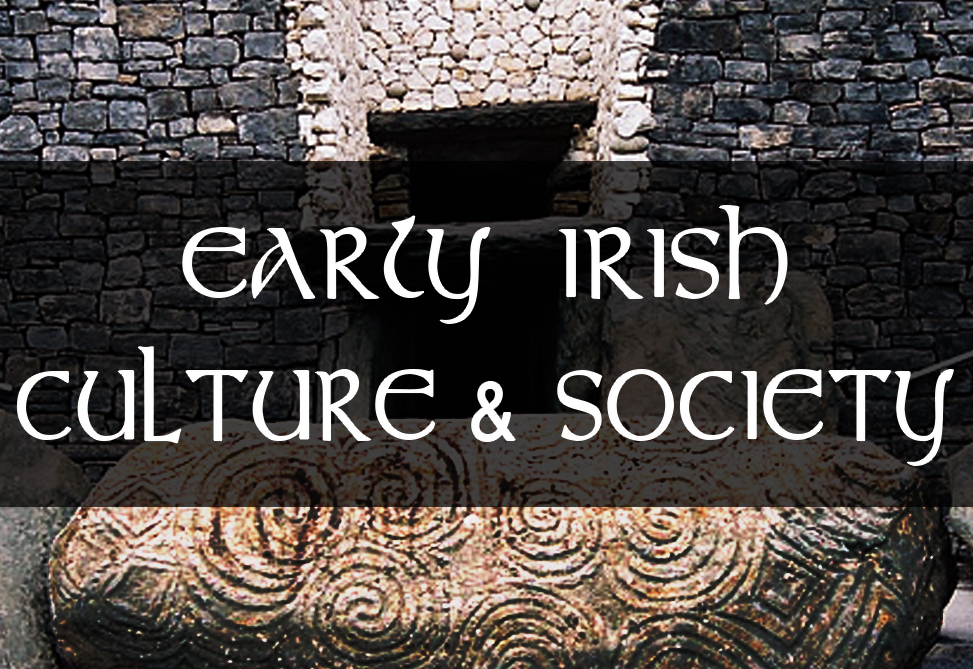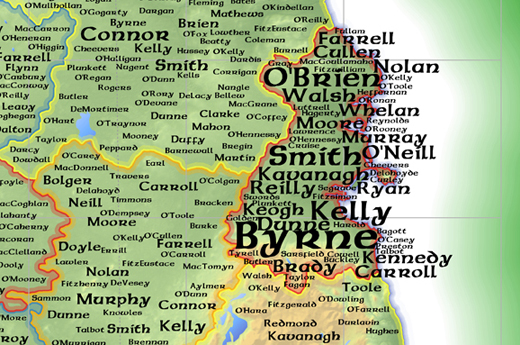Imagine a time when you could walk from Scotland to Denmark without ever seeing the sea. A time when lush marshes, wooded valleys, and rolling hills stretched across what is now the North Sea, teeming with wildlife and early human communities. This was Doggerland, a prehistoric landscape that thrived around 10,000 years ago during the Mesolithic period, before rising seas and a catastrophic tsunami reshaped Europe forever. Join us as we dive into the story of this lost world, its significance as a cultural crossroads, and the treasures it continues to reveal beneath the waves.
A Land Before the Sea
Around 10,000 years ago, as the last Ice Age waned, Doggerland was a vibrant ecosystem. Far from a barren wasteland, this expansive region—stretching from present-day Scotland and northern England to the Netherlands and Denmark—was a mosaic of marshes, swamps, wooded valleys, and hills. It was likely a seasonal hunting ground for Mesolithic hunter-gatherers, who tracked migrating wildlife like deer, aurochs, and wild boar. Evidence suggests these early inhabitants built temporary camps, crafted tools, and wove textiles, leaving behind traces of a sophisticated, mobile way of life.
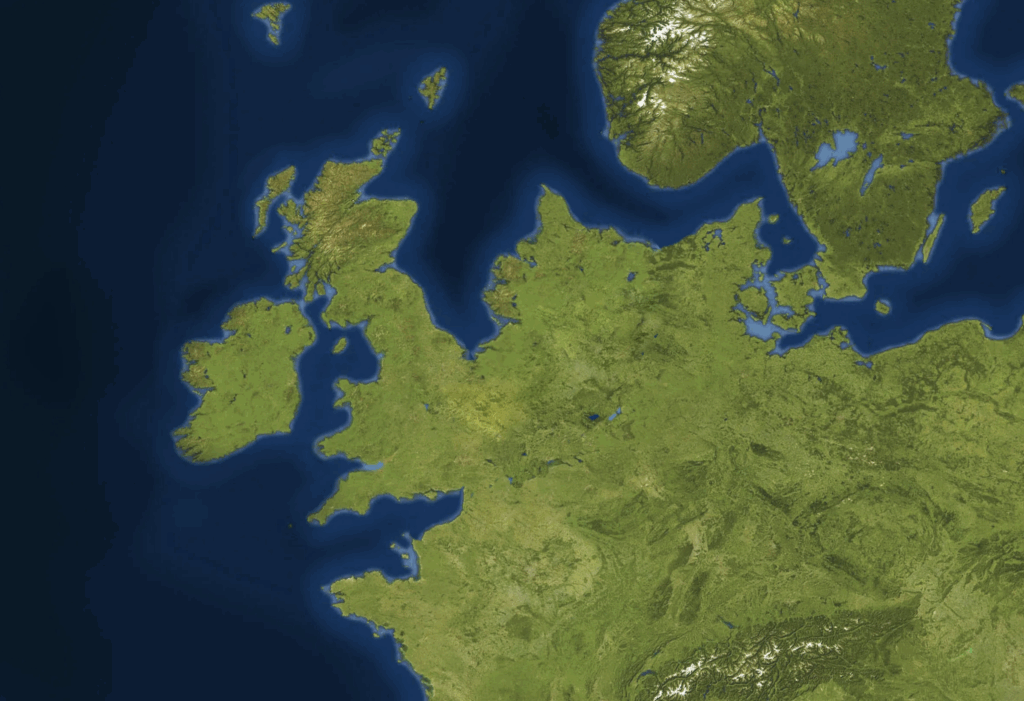
Doggerland wasn’t just a backdrop for survival; it was a critical land bridge connecting Britain to mainland Europe. This connectivity allowed early human populations to move freely, exchanging resources, ideas, and cultural practices. From flint tools to shared hunting techniques, Doggerland shaped the prehistoric tapestry of Europe, fostering a network of communities long before modern borders existed.
The Deluge: Rising Seas and a Catastrophic Tsunami
As the glaciers of the Ice Age melted, sea levels began to rise, slowly encroaching on low-lying regions. Doggerland, much of which sat at or below sea level, was particularly vulnerable. Over centuries, the rising waters nibbled away at its edges, transforming fertile plains into tidal flats and swamps. By around 8,000 years ago, only pockets of higher ground, like the now-submerged Dogger Bank, clung on as islands amidst the growing North Sea.
The final blow came around 8,150 years ago with the Storegga Slide, a massive undersea landslide off the coast of Norway. This geological upheaval triggered a colossal tsunami, with waves estimated to have reached up to 20 meters in some areas. The low-lying plains of Doggerland stood little chance. The floodwaters surged across the landscape, submerging villages, hunting grounds, and sacred sites. Dogger Bank, the last bastion of this lost world, eventually succumbed, leaving Doggerland a memory preserved beneath the waves.
Echoes from the Deep: Archaeological Treasures
Doggerland is a submerged relic today, but its secrets continue to surface. North Sea fishermen, trawling the depths, have uncovered a treasure trove of artefacts that offer glimpses into the lives of its ancient inhabitants. Hand-crafted bone tools, textile fragments, paddles, and dugout canoes speak to the ingenuity of Mesolithic peoples. Fish traps hint at their reliance on the region’s rich aquatic resources. Among the most remarkable finds are a 13,000-year-old human bone, a woolly mammoth skull, and even a 40,000-year-old Neanderthal skull fragment, suggesting Doggerland’s significance stretches back to the Palaeolithic era.
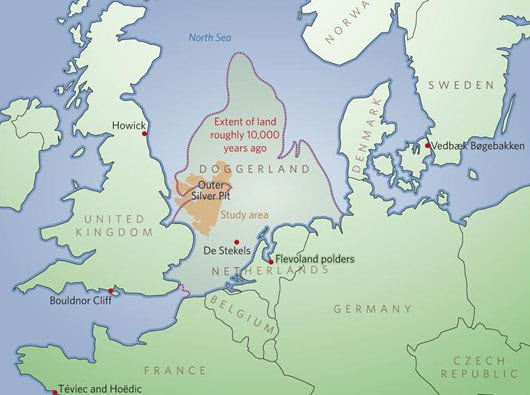
These discoveries, often hauled up in fishing nets from the Dogger Bank, are more than relics—they’re storytellers. Each artefact paints a picture of a dynamic, interconnected world where people adapted to a changing environment, crafted tools from bone and wood, and navigated rivers in canoes. For archaeologists, the North Sea is a time capsule, preserving clues to a way of life lost to history.
Treasures from the Deep: Unearthed Artefacts
The North Sea’s murky depths have proven to be an archaeological treasure trove, with fishermen and researchers uncovering artefacts that illuminate Doggerland’s ancient past. Among the most remarkable finds are hand-crafted bone tools, including barbed points likely used for fishing or hunting. Textile fragments, woven with intricate care, hint at the skill of Mesolithic craftspeople, while wooden paddles and dugout canoes reveal a people adept at navigating rivers and wetlands. Fish traps, meticulously constructed, underscore the region’s reliance on its rich aquatic resources.
Perhaps the most evocative discoveries are the human remains, such as a 13,000-year-old bone from a Mesolithic individual, offering a direct link to Doggerland’s inhabitants. A woolly mammoth skull speaks to the megafauna that once roamed the landscape, while a 40,000-year-old Neanderthal skull fragment pushes the region’s significance back to the Palaeolithic era. These artefacts, often dredged up from the Dogger Bank, are more than relics—they are windows into a lost world, revealing the ingenuity and adaptability of early humans. Each find, whether a flint arrowhead or a carved antler, tells a story of survival and connection in a landscape now hidden beneath the sea.
Why Doggerland Matters Today
The story of Doggerland isn’t just a tale of a lost landscape—it’s a reminder of humanity’s resilience and adaptability in the face of environmental change. As sea levels rise today, threatening coastal communities worldwide, Doggerland’s fate feels eerily relevant. Its submersion highlights the power of nature to reshape entire regions and the fragility of human settlements in the path of rising waters.
Moreover, Doggerland underscores the deep interconnectedness of early European populations. As a land bridge, it facilitated the movement of people, animals, and ideas, laying the groundwork for the cultural diversity of modern Europe. The artefacts recovered from its depths connect us to our ancestors, offering tangible links to a time when survival depended on ingenuity and cooperation.
Exploring the Lost World
While Doggerland lies beneath the North Sea, its legacy endures. Advances in underwater archaeology, including sonar mapping and sediment analysis, are helping researchers reconstruct this sunken landscape in stunning detail. Each new find—whether a flint arrowhead or a fossilised bone—adds a piece to the puzzle of our prehistoric past.
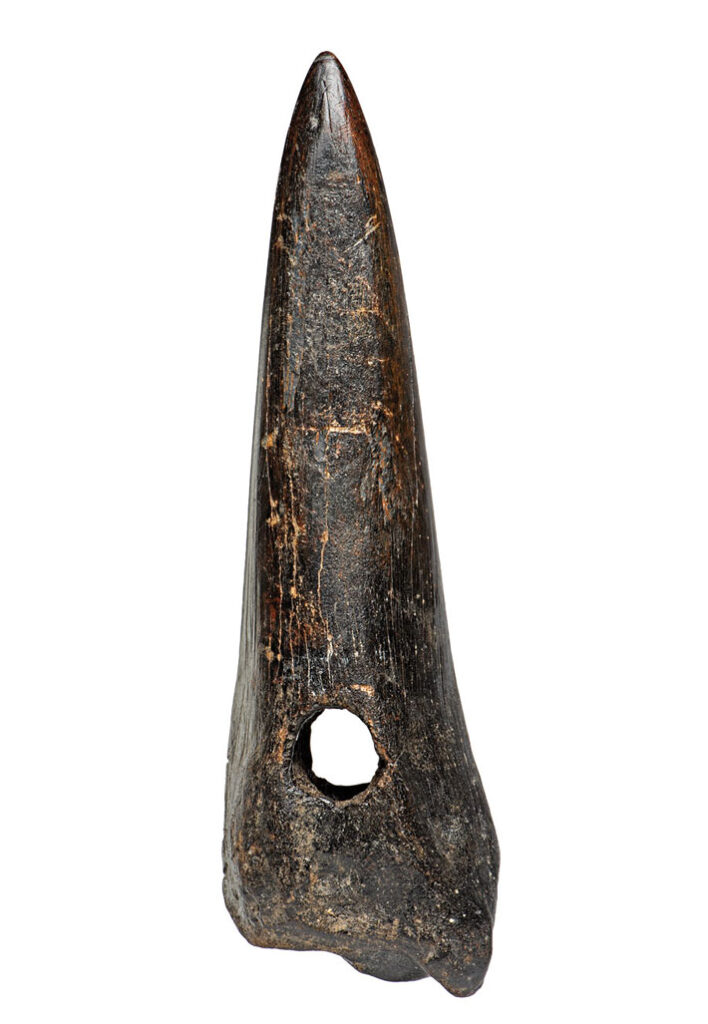
Fig 1. A perforated pick made from the leg bone of an aurochs was dredged up from Brown Bank.
(National Museum of Antiquities, Leiden, Netherlands)
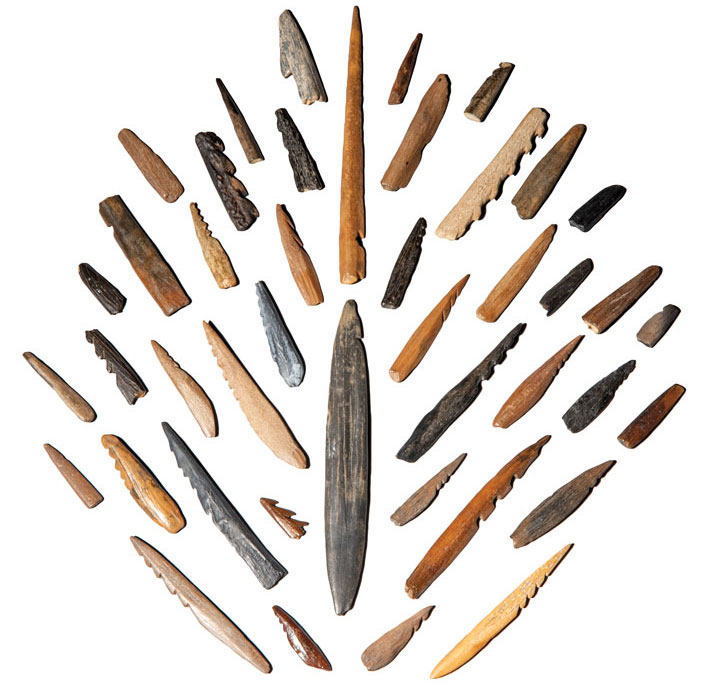
Fig 2. Large and small barbed spearpoints and arrowheads.
(National Museum of Antiquities, Leiden, Netherlands)
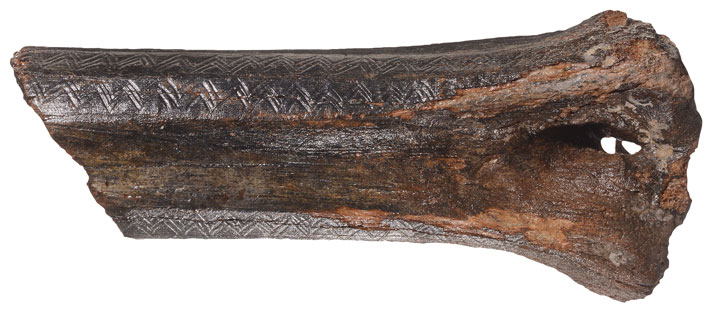
Fig 3. A 13,000-year-old aurochs or bison bone etched with a zigzag design was recovered near Brown Bank.
(National Museum of Antiquities, Leiden, Netherlands)

Fig 4. The “Colinda harpoon” was found up by a fishing trawler in 1931 near the Leman and Ower Banks of the North Sea.
(Norwich Castle Museum and Art Gallery)
For those intrigued by Doggerland’s mysteries, the story continues to unfold. Museums across Europe, such as the Museum of London and the National Museum of Denmark, display artefacts from the region, while ongoing research promises to reveal more about this lost world. Next time you gaze across the North Sea, imagine the hills, valleys, and communities that once thrived there—a land bridge that connected us all, now hidden beneath the waves.
Sources:
- Mapping a Vanished Landscape, Evidence of a los Mesolithic world lies deep beneath the dark waters of the North Sea; Jason Urbanus.
https://archaeology.org/issues/march-april-2022/letters-from/doggerland-mesolithic-submerged-landscape/ Accessed 20 May 2025. - Doggerland – The Europe That Was; Benjamin Kessler.
https://education.nationalgeographic.org/resource/doggerland/ Accessed 20 May 2025. - Feautred image (Map of Doggerland); by William E. McNulty and Jerome N. Cookson, National Geographic Magazine. (Ibid)
- Figures 1-3 are all from the National Museum of Antiquities, Leiden, Netherlands. Figure 4 is from Norwich Castle Museum and Art Gallery.
(All images were sourced from: https://archaeology.org/issues/march-april-2022/letters-from/doggerland-mesolithic-submerged-landscape/ Accessed 20 May 2025.)
